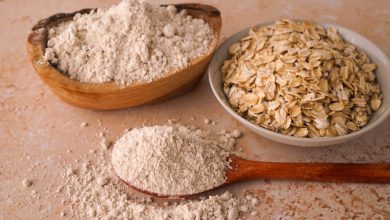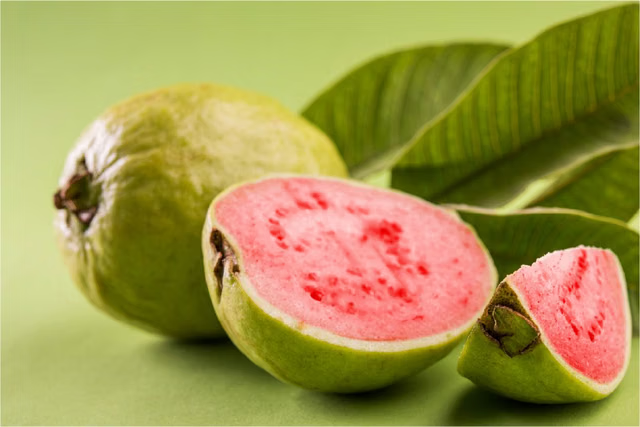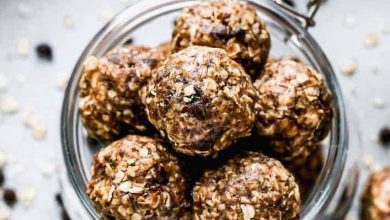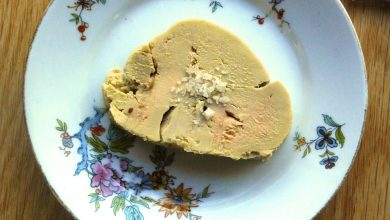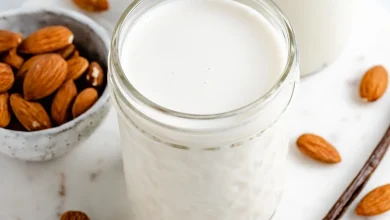Quince (Raw) – Nutritional Information
Quinces are an aromatic, tart fruit with a rich golden-yellow color when ripe, often associated with the cooler months and traditional recipes. While they are rarely eaten raw due to their astringent taste, they hold a special place in jams, jellies, and cooked dishes. Quinces are highly nutritious and offer a good range of vitamins and minerals.
Here is the nutritional breakdown of raw quinces per 100g serving:
| Nutrient | Amount |
|---|---|
| Energy | 57 kcal |
| Protein | 0.4 g |
| Total Fat | 0.1 g |
| Saturated Fat | 0.01 g |
| Carbohydrates | 15.3 g |
| Dietary Fiber | 1.9 g |
| Sugars | 0.0 g |
| Calcium | 11.0 mg |
| Iron | 0.7 mg |
| Magnesium | 8.0 mg |
| Phosphorus | 17.0 mg |
| Potassium | 197.0 mg |
| Sodium | 4.0 mg |
| Zinc | 0.04 mg |
| Copper | 0.13 mcg |
| Manganese | 0.0 mg |
| Selenium | 0.6 mcg |
| Vitamin C | 15.0 mg |
| Thiamin (B1) | 0.02 mg |
| Riboflavin (B2) | 0.03 mg |
| Niacin (B3) | 0.2 mg |
| Vitamin B6 | 0.04 mg |
| Folate (B9) | 3.0 mcg |
| Vitamin B12 | 0.0 mcg |
| Vitamin A | 2.0 mcg |
| Vitamin E | 0.0 mg |
| Vitamin D2 | 0.0 mcg |
Allergen Information:
Quinces are naturally gluten-free, nut-free, and do not contain common allergens such as dairy or soy. However, it is essential to note that quinces are often prepared with sugar or other ingredients that could introduce allergens depending on the recipe used.
Dietary Preferences:
- Gluten-Free: Quinces are safe for individuals with gluten sensitivity or celiac disease.
- Low Fat: With only 0.1 grams of fat per 100g, quinces are suitable for low-fat diets.
- Low Sodium: Quinces contain a minimal amount of sodium, making them an excellent choice for low-sodium diets.
- Vegetarian/Vegan: Quinces are plant-based, making them suitable for both vegetarians and vegans.
- Diabetic-Friendly: Due to their low sugar content, quinces are a good fruit option for people managing their blood sugar levels.
Health Benefits:
Quinces are an excellent source of Vitamin C, with 15 mg per 100g serving. This helps boost the immune system and supports skin health. They also provide dietary fiber, which is beneficial for digestive health and can help regulate blood sugar levels. The presence of minerals like potassium, magnesium, and phosphorus supports heart health, bone health, and overall bodily functions.
Conclusion:
Raw quinces, though not often eaten in their natural state due to their tartness, offer numerous health benefits, especially when incorporated into jams, jellies, or cooked dishes. With a low calorie count and a rich nutritional profile, they make a valuable addition to a balanced diet. When you do eat them raw, keep in mind their astringent taste and consider pairing them with sweeter fruits or using them as part of a dessert or chutney recipe.



